Ups and Downs
The vulnerable mental health of mountain athletes in ski towns
Welcome! A wave of new subscribers found this newsletter last week thanks to a mention in Terrell Johnson’s
, and from a link in my article in Trail Runner. Feel free to introduce yourself in the comments below or on the chat thread, sharing something about your background and why you’re interested in “Colorado Mountain Running & Living.” I’d like the chat thread (available on the Substack app) to become a place where any of you can float questions and crowdsource advice. So, don’t wait for me to post a conversation-starter; go ahead and start a discussion there if you like.Boulder blown
Before I dive into this week’s more sobering topic about mental health, I’d like to share some things about my long weekend. While a severe windstorm blew the whole Western Slope region sideways, I enjoyed a more peaceful but mind-blowing time up in Boulder.
I went to visit my son Kyle (in his fourth year at CU) and to spend time in the university’s Rare and Distinctive (truly “RaD”!) Collections at Norlin Library, which houses my grandfather David S. Lavender’s research and personal correspondence. (Grandpa was a notable historian and author, and the university has copious boxes of his papers and manuscripts.) I found a trove of letters written by my grandparents some 90 years ago that describe not only their lives but also facets of Colorado life. Suffice to say I’ll endeavor to develop something with all this material, I’m not sure what. I just let curiosity guide me while my eyes squinted to interpret early-20th-century handwriting.
I’d like to thank
in part for inspiring me to return to these collections and dig deeper. Erika wrote an engrossing memoir about her great-grandmother’s life and the North Dakota oil boom, called Windfall, that I highly recommend. “I barely knew my grandfather,” she wrote in her last Substack post, describing what it felt like to discover a manila envelope filled with some of his keepsakes, “but with these documents, I grew closer to him. They filled in details I didn't know. My mind eagerly made meaning—made a story—from what I did know.” Yes, that’s the experience I had too.To further immerse myself in history, I stayed at the fabulous historic Hotel Boulderado next to Pearl Street, where every wall features framed photos from Boulder’s early days and Victorian-era residents. To clear my mind, I ran around Mount Sanitas and up the creekside path of Boulder Canyon.
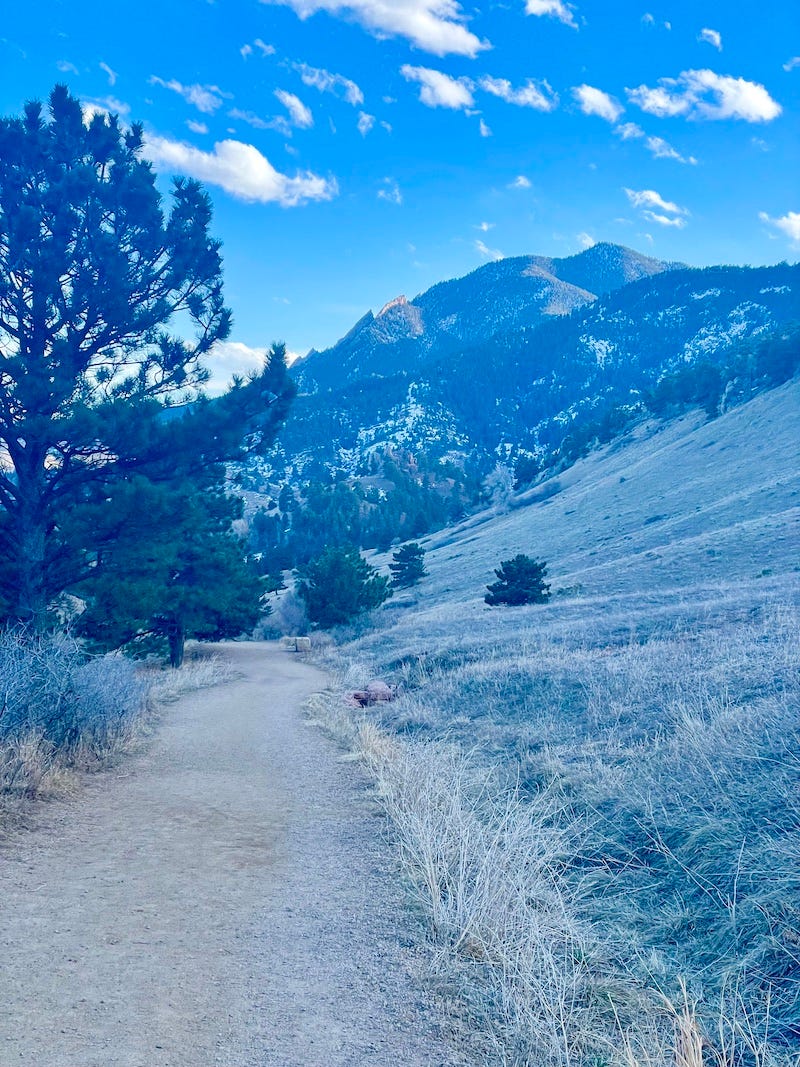
Every time I return to Boulder, I feel a bit stronger and faster as a runner not only because of the lower altitude (“only” 5500 feet, compared to our home’s elevation at 9000), but mainly because of the inspiration of this community filled with dedicated runners. You can’t help but quicken your leg turnover with all the fit speedsters breezing by on the paths.
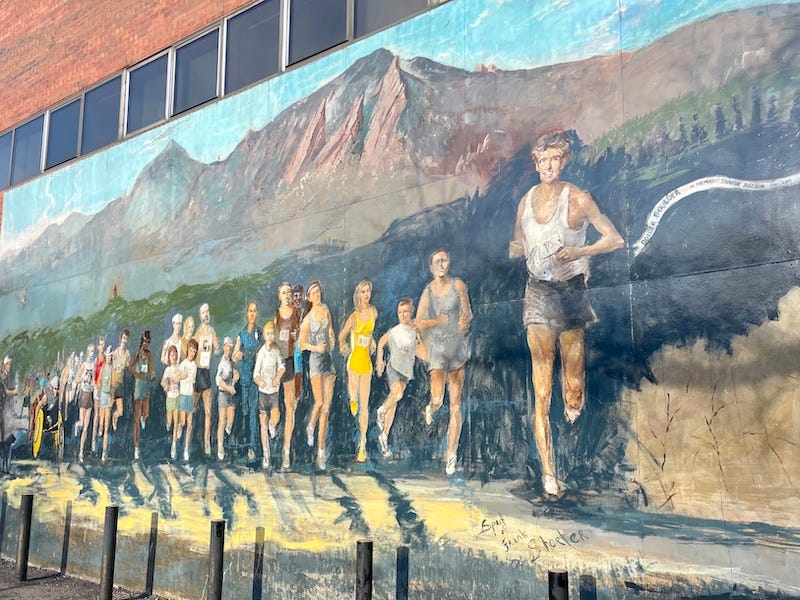
As I ran, I pondered the three-year anniversary of the pandemic and how our lives and the world were affected. Almost precisely three years ago, on the second weekend of March 2020, we came to Boulder to move Kyle out of his dorm room due to the impending shutdown. I had a morning run that weekend through Chautauqua Park, under the Flatirons, my heart and mind racing with anxiety about how this mystery illness would affect our two kids’ college education, my access to my mom in her assisted living, our business, etc. And what if we caught it?
The week prior, Kyle had been a spectator at the X Games in Vail, which may have been an early spreader. Kyle was coughing and feverish on that drive home from Boulder, and a week later, our whole household became one of the first in our county to come down with what was then called “the novel coronavirus.” My husband Morgan got progressively sick and needed hospitalization, followed by extended oxygen treatment. In a matter of weeks, everything changed, and running helped me hold onto health and sanity as I faced the possibility of becoming a widower (an experience I wrote about for Trail Runner here).
Three years later, during last weekend’s runs, I felt only peace and gratitude, along with the mind-bending realization of how much can change so quickly. Part of me concluded, “all’s well that ends well,” but another part realizes that none of the threats, illness or otherwise, have ended. I certainly have an enhanced appreciation, in any case, for times that feel normal and peaceful given the fragility of health and safety.
On this three-year anniversary, I recommend
's thoughtful recent post, "The Things I Wish Covid Had Taught Us."Hug your loved ones, take care of your health, and help take care of others who need support and connection. Which brings me to this week’s main topic.
Mental health in the mountains
Last week, I went to a panel discussion at the library called “Mental Health in the Mountains,” ostensibly to show support as a community member. I’ve been to do-gooder discussions and author events at the library when only eight or fewer people show up, and it’s painful when the event organizers outnumber the audience. I knew one of the people speaking—ultrarunner Meredith Edwards, the champ and course record-setter of last year’s Ouray 100—and I didn’t want her or other speakers to feel badly about a low turnout.
I didn’t need to worry, however, because the room was packed with at least 50 people, roughly split equally gender-wise. And the discussion ran an hour longer than expected. People here—many of them hardcore backcountry skiers and mountain runners—are hurting and wanted to talk.
And if I’m honest with myself, I didn’t go just because I wanted to show support. I hoped to receive a bit, too. As I drove to town and gazed at the snow-covered peaks cradling the community—wondering if I’ll still have the legs and determination to summit Ajax, Ballard, and other mountains this summer and beyond—I confronted some hang-ups and fears percolating in my head and wondered if the panelists might touch on them: issues such as feeling a dearth of close friends and being isolated, feeling washed-up and irrelevant among younger runners in the ultrarunning community, and feeling an inflated anxiety about my husband and two now-adult kids dying (worry that irrationally keeps me awake some nights), not to mention existential worry about climate change causing these mountains to dry and burn.
We live in a place with a higher-than-average level of trauma and grief from outdoor-related deaths (mainly from avalanche) and suicide, along with substance abuse. The reasons are complex, but this excellent 2016 article in National Geographic that focused on Telluride and towns like it, called “Why Ski Towns are Seeing More Suicides,” covered the dynamics and causes, which seem to have become more acute in recent years.
It has to do with being a community of athletic risk-takers who push limits, and a place where severe income disparity sparks depression among those who are struggling financially and emotionally when everyone is expected to be “living the dream.”
We watched a 20-minute film available on YouTube that I highly recommend, about pro skier Drew Petersen, called “Ups and Downs.” It’s produced by SalomonTV, so of course it’s beautifully shot and moving. But it’s so much more than a ski film. Watch it here to get a better understanding of what Drew faced and how he got help and started to heal.
We also heard from Meredith Edwards and watched a rough cut of a short documentary about her by Matt Corliss, called “Heart and Soul and Concrete,” about working through trauma from childhood sexual abuse. The abuse contributed to her difficulties in school, and as a teen and young adult she blossomed athletically in part to compensate for weakness academically and to cope with pain. She developed into a competitive skier, then ultrarunner, and her fitness and athleticism became the core of her identity.
Meredith’s story really hit me when she spoke about the pitfalls of anchoring one’s identity on one’s sport, which leaves you vulnerable to depression when you can’t do your sport due to injury, or when you become a “has been” competitively and your performance declines due to aging. She and others talked about the importance of having a range of interests and outlets, and not counting on the passion of your main outdoor sport to fill all your needs emotionally (or professionally, if you’re a pro-level athlete).
Meredith rediscovered a love and joy of skating as a hobby, which became liberating and therapeutic. She skates for the fun and mindfulness of the movement. Everything she said about skating “clicked” for me in terms of how I feel about my relationship to horses and riding, which was my childhood sport and first love. It’s a hobby that feels playful, nurturing, and free from performance pressure, and I can’t say the same about running.
“Athletic accomplishments build social capital but reinforce the common belief that our worth comes from what we do rather than who we are. We have to shift this as communities,” noted one of the therapists on the panel, Danielle Beamer of Hidden Aspects Counseling in Durango, whom I talked to after the event. She specializes in outdoor trauma from wilderness accidents and is available for counseling long distance.
“Events like this are a starting place for more conversations and more healing spaces. When people ask, ‘how do we heal?’ my response is, ‘like this, being here tonight.’ There is so much love and care in mountain communities, and part of the beauty is that we rely on each other. This can be an antidote to the individualism in our culture that tells us we have to go it alone.”
Other takeaways from the films and panel discussion include:
While your sport and your time in the mountains may feel therapeutic, it’s not the same as therapy. If you’re struggling emotionally with severe lows, it’s vital to ask for help from friends and talk to a therapist. Don’t expect a long trail run or an epic powder day to “fix” you.
If you’re engaging in risky behavior (athletically or otherwise) or escapism, ask yourself why and what’s behind it. If you’re a mountain person and athlete, then you know how to do hard things; the hardest thing may be to ask for help and try to change, but you can do it. “Long-term escapism becomes a pattern that requires effort to re-work and re-wire,” added Beamer. “We have a propensity as humans to feel alone in our suffering—we believe no one else struggles as we do, or we'll be judged or no one will understand. These are thoughts, not truth.”
Help is available. The Telluride Mountain Club, which organized the library talk, put together this extremely helpful list of grief, trauma, and mental health resources, not only for our region, but also for general info and long-distance counseling. Our county even has a behavioral health fund for anyone needing financial assistance to get therapy.
In last week’s post, I wrote about how we adopted an abandoned cat after her owner, a woman in her mid-20s, died alone in a cabin outside of Telluride from fentanyl-laced cocaine. I know next to nothing about this young woman, but I imagined her lonely and lacking hope, which is partly what drove me to care more about mental health in this mountain town. The local paper and Sheriff’s Facebook page keep reporting on lives unnecessarily lost here in a place ranked among the best and most desirable to live. Talking about it, I hope, may help reverse that tragic trend.
I’m heading to Page, Arizona, this weekend to run the Antelope Canyon 50. If you happen to be at the event running one of the distances, I hope you’ll reach out in the comments below or by email so we can connect. Race report coming next week.
Also, if you’re relatively new to mountain/ultra/trail running, I recommend this package of articles (including the one I wrote) in Trail Runner called “Adventure, Simplified.” I also invite you to get my book, “The Trail Runner’s Companion.”



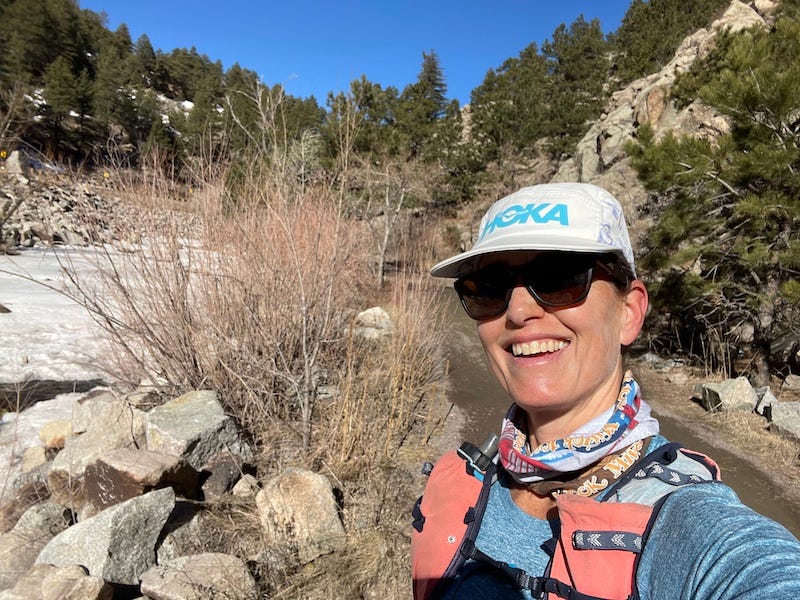
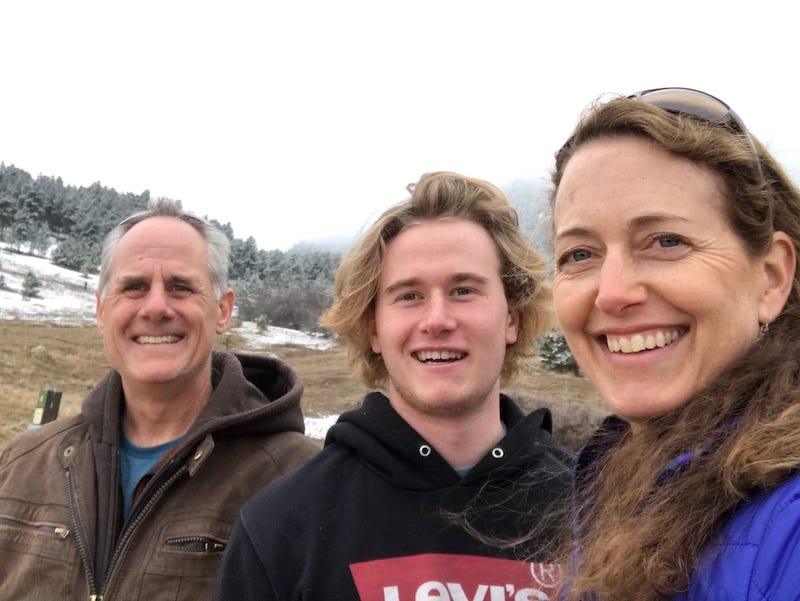
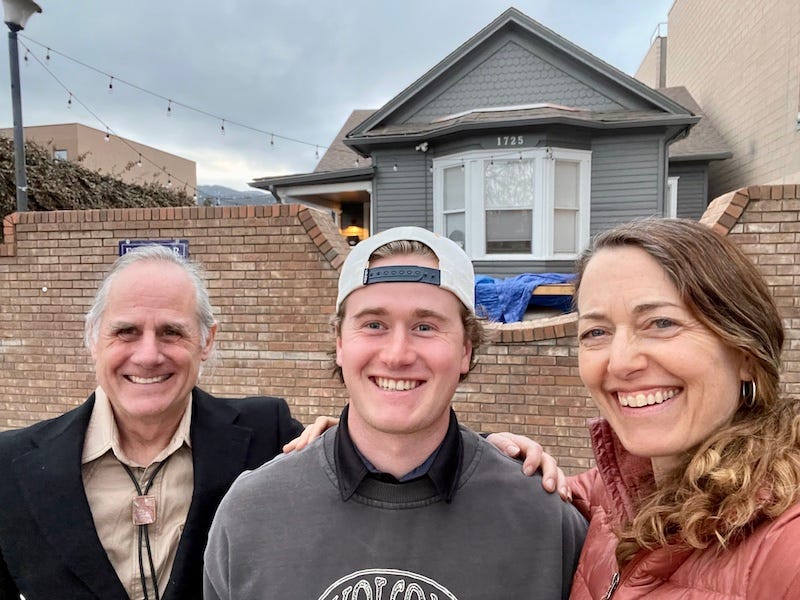

I can't wait to see what you do with all those documents!
Thank you for the shout out, Sarah!